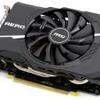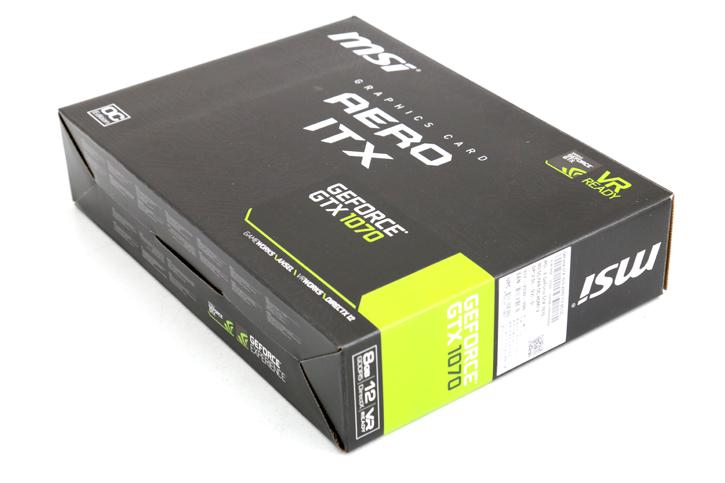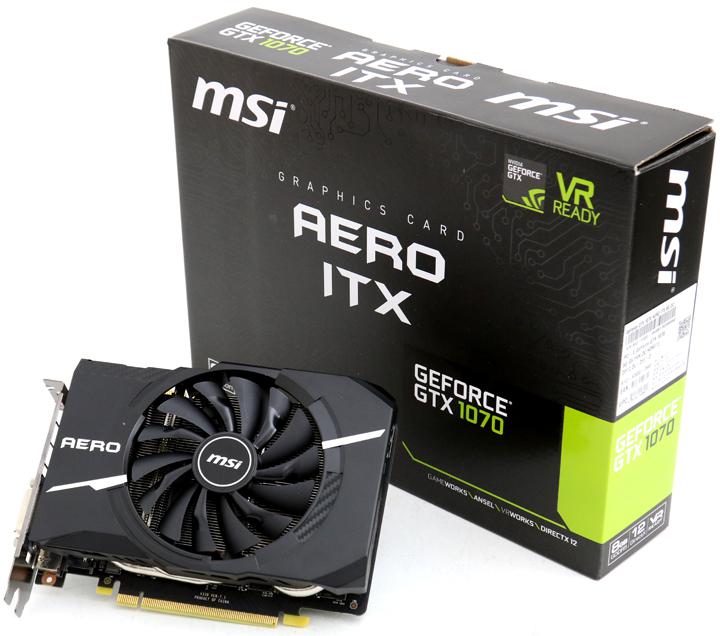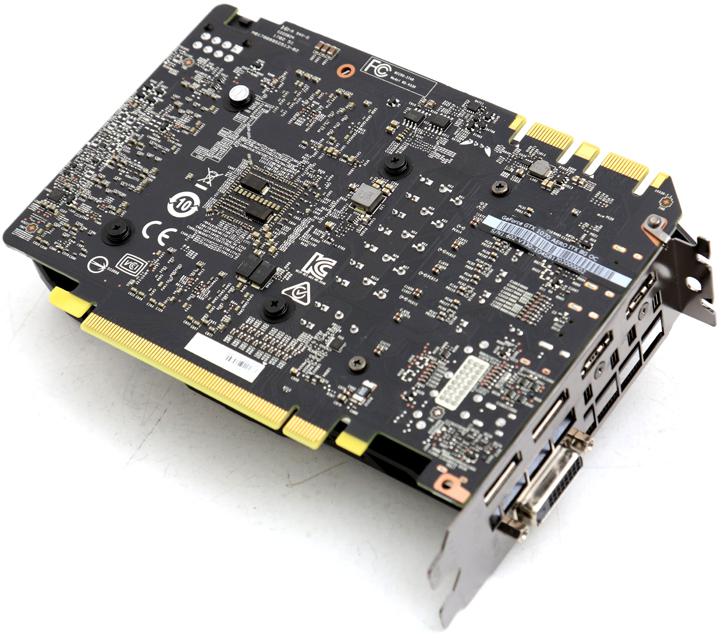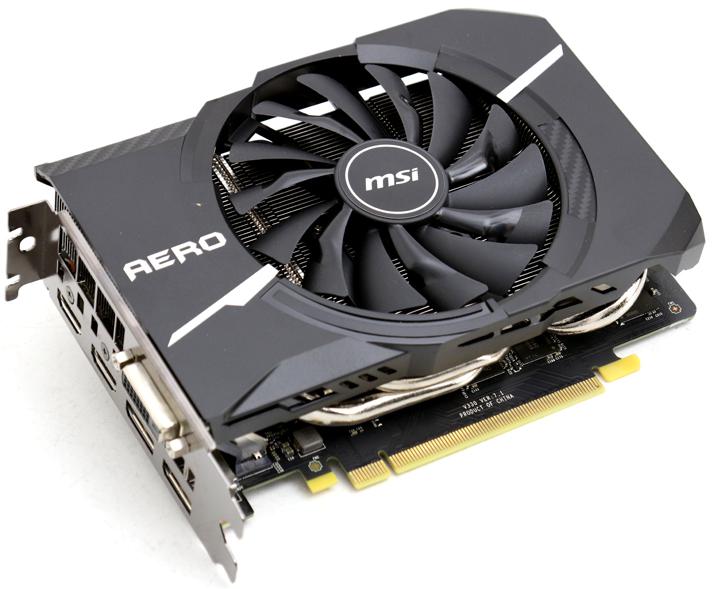Product Showcase
Product Showcase
Let's start with our photo-shoot. A few pages that show the ins and outs with photos, all taken with an in-house photo-shoot of course.
So, the MSI GeForce GTX 1070 Aero ITX OC is a rather small looking product alright. You will spot a nice dark PCB, this board has 6 power phases + 1 for memory and a 8-pin power connector for that little more tweaking headroom. The PCB is, as mentioned, matte black in color and of course the new aero cooler is being used. These cards will look just terrific in a compact dark themed PC.
As board partners are allowed to release the 1070 model cards in their own configurations you will see many versions, mostly based on customized PCB / components and the obviously mandatory different cooling solutions. This Aero 8GB model has default clock frequencies of 1,531 MHz core / 1,721 MHz boost / 8.0 GHz memory (effective data-rate) on the memory. This clock frequency matches what is called the gaming mode, which will give the GPU an extra boost. And yeah, as small as it is, this is made to overclock as well as we have been able to push it quite far. The card uses a 150 Watt 8-pin PEG (PCI Express Graphics) connector. Another 75 Watts is delivered though the PCIe slot and thus motherboard.
The card itself is a dual-slot solution but sticks to a very small 17 cm PCB and cooler length, it is composite heat-pipe based, the GPU is cooled by a copper base plate connected to Super Pipes (8 mm heat pipes). A U formed heat-pipe layout increases efficiency by reducing the length of unused heat-pipe and a special SU-form design. Zero Frozr technology eliminates fan noise in low-load situations by stopping the fans when they are not needed. Up-to roughly 55~60 Degrees C, the fans will not spin.
The GeForce GTX Series 10 (1050, 1060, 1070 and 1080) is DisplayPort 1.2 certified and DP 1.3/1.4 ready, enabling support for 4K displays at 120 Hz, 5K displays at 60 Hz, and 8K displays at 60 Hz (using two cables). HDMI 2.0 is supported so that you can drive Ultra HD monitors at 60 Hz (if compatible).
